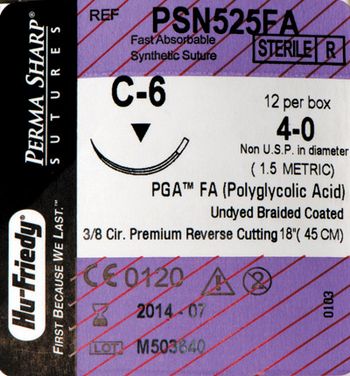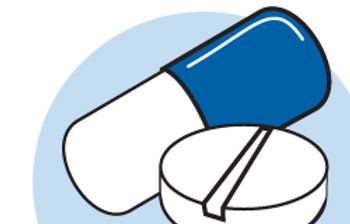
As one can see, dentistry can cover a myriad of disciplines and procedures. There are three types of procedures that can be a beneficial addition to the treatment options that are currently available. These additions in some cases may require some training for the veterinarian and equipment investment, but some use supplies readily available in the practice.





